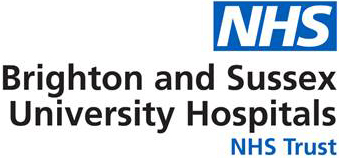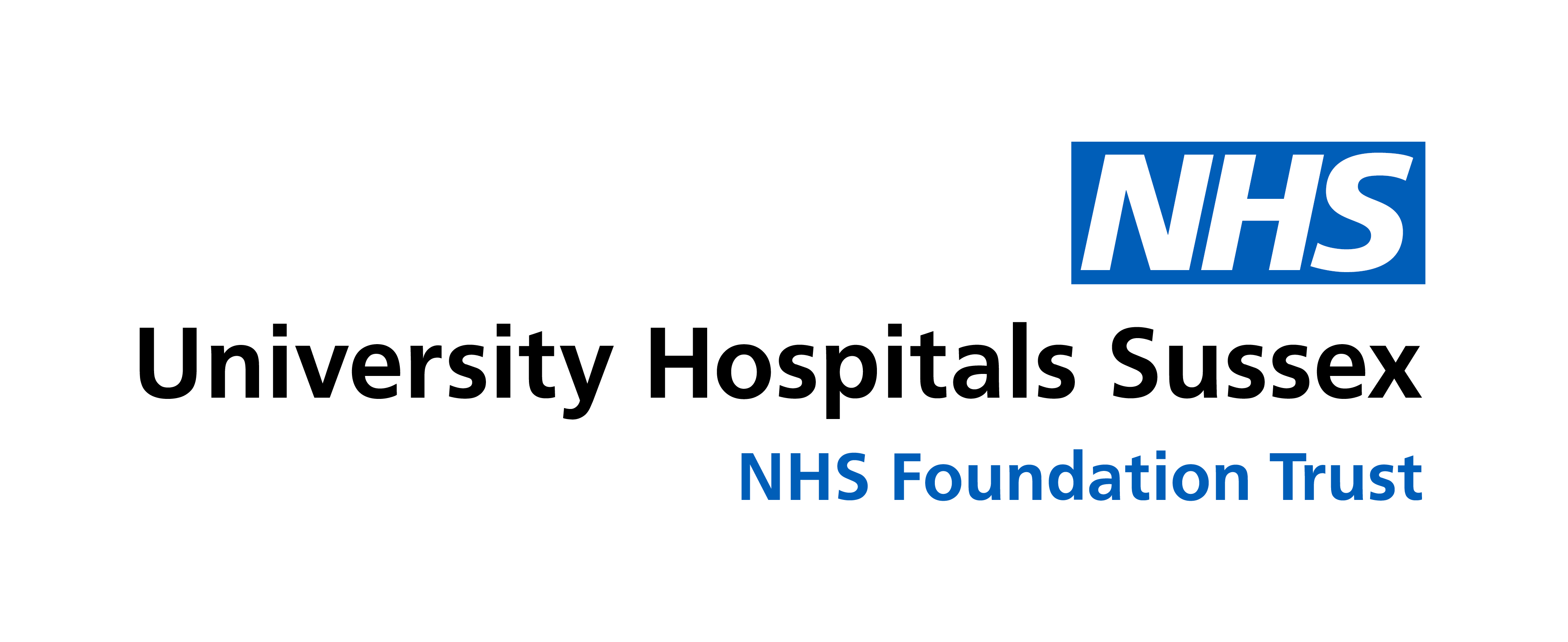For our final Open Access blog post, Lisa McLaren reveals Plan S and its impact on higher education and research.
So, in yesterday’s blog post, I talked about changes to the Research Excellence Framework and how many authors got round the challenges of open access publishing by paying author processing charges to still get in the top journals. However, as I pointed out, this often means paying twice for the same content.
In September this year, “Plan S” was unveiled to great fanfare. It is a combined effort from 11 national councils, including UKRI, which stipulates that all of the work produced from their grants must be made open access immediately. These councils control £7.6 billion in funding between them, so this is not an insignificant amount of research.
As the plan stands, by 2020, authors will not be permitted to publish in 85% of current journals, including Nature, with strict sanctions for non-compliance. The plan also does not allow hybrid journals, which publish some studies as open access after a fee is paid and keeps the rest of the content behind a paywall. This was originally seen as a transition for the publishers, however it has not encouraged the spread of open access in the way it was hoped. It would also impose caps on author fees.
All published work would be labelled with a licence that allows download, translation and potentially re-use and/or remix, which would truly open up scientific publishing. The plan is yet to be adopted by the European Commission, but as it was authored by an EC employee, this will likely happen at some point. Likewise, some of the larger European nations have yet to commit, such as Germany, so it is likely that the plan will change somewhat from its original incarnation as other countries negotiate their way onboard.
Regardless, Plan S is the most significant change to open access in higher education and research and no matter how it looks in 2020, open access will move a step closer.

